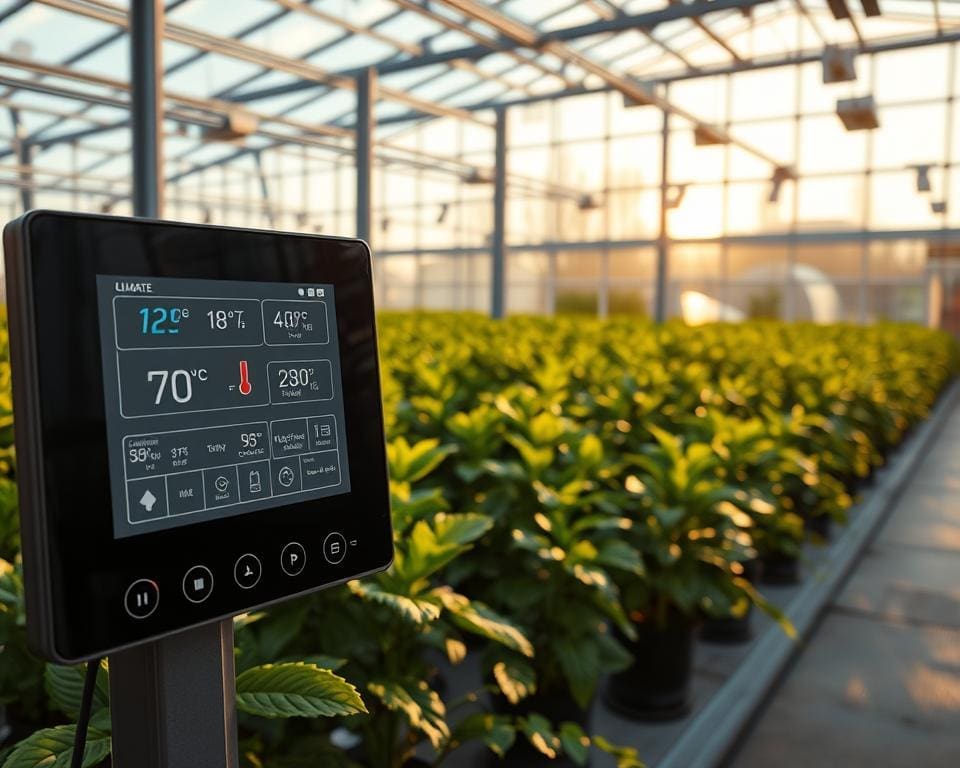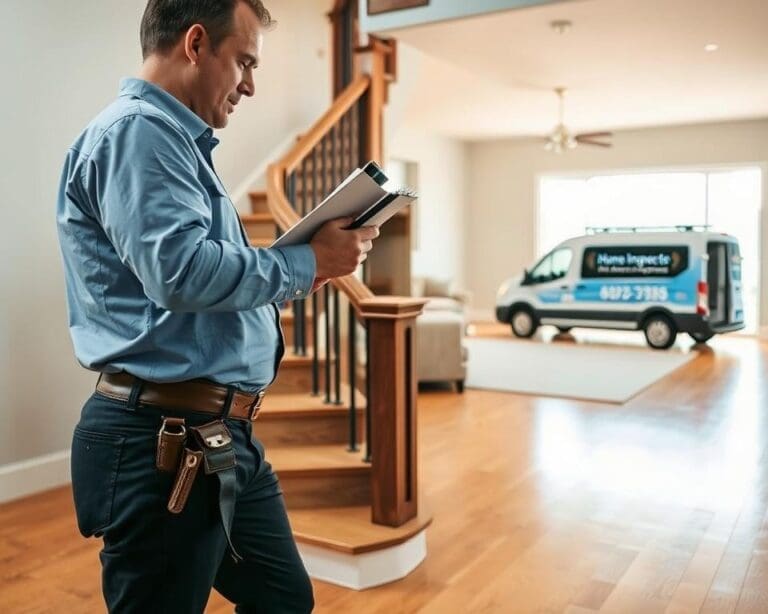In an era where technological innovations shape the future of agriculture, the concept of automated greenhouse ventilation emerges as a beacon of hope for modern horticulturists. By integrating cutting-edge technology for greenhouse ventilation, growers can effectively manage the internal climate of their greenhouses, promoting optimal plant health and growth. As we confront the challenges posed by climate change, the need for smart greenhouse ventilation systems becomes increasingly evident. Embracing automation not only simplifies management tasks but also empowers cultivators to harness the full potential of their crops, paving the way for a sustainable and productive future.
The Importance of Ventilation in Greenhouses
In the intricate environment of a greenhouse, proper ventilation serves as a cornerstone for thriving plant health. When considering greenhouse climate control automation, one must understand that effective airflow is instrumental in regulating temperature and providing vital gas exchange for plants. This natural process aids in the prevention of pathogens while ensuring optimal transpiration and nutrient uptake.
Understanding Airflow and Plant Health
Airflow within a greenhouse influences multiple aspects of plant well-being. Adequate ventilation facilitates the removal of stale air and introduces fresh air, which is critical for plant respiration. Poor airflow can foster the development of diseases due to stale conditions, impacting growth and longevity. Implementing automated solutions raises awareness about how air circulation benefits not just the climate but also the plants within. Can you automate greenhouse ventilation with tech? The answer lies in utilising advanced systems that monitor airflow, allowing for optimal conditions at all times.
The Role of Humidity Control
Humidity levels play a pivotal role in greenhouse management. Excess moisture can lead to mould and other diseases that jeopardise plant health. Automated ventilation systems with humidity control capabilities actively manage moisture levels. By efficiently reducing humidity when necessary, these systems significantly decrease the chances of disease. Transitioning to greenhouse climate control automation provides a proactive approach, ensuring that plants thrive in an environment conducive to their growth.

What is Automated Greenhouse Ventilation?
Automated greenhouse ventilation represents a significant advancement in managing environmental conditions within a greenhouse. Utilising sophisticated technology, these systems enhance air circulation, which is crucial for plant health. Automation simplifies the complexities of regulating airflow, allowing growers to focus on their plants without frequent manual interventions. The importance of understanding these automated systems cannot be overstated, especially when it comes to optimising growth potential.
Defining Automated Ventilation Systems
An automated ventilation system refers to an integrated setup that manages airflow based on real-time environmental conditions. These systems typically employ a range of components, including sensors, fans, and vents, to facilitate optimal ventilation. By continuously monitoring temperature, humidity, and carbon dioxide levels, these systems ensure that the greenhouse climate remains conducive to plant development. The implementation of greenhouse ventilation technology marks a shift towards more efficient and dynamic growing environments, offering flexibility that traditional methods simply cannot match.
Key Components of Automation Technology
Several key elements work in unison within automated greenhouse ventilation systems to achieve desired outcomes. These include:
- Sensors that detect temperature and humidity changes, providing critical data to the system.
- Fans that promote air circulation, helping to balance temperatures within the greenhouse.
- Vents that open and close automatically to regulate airflow in response to sensor readings.
- Climate control software which processes data and adjusts operations in real-time for maximum efficiency.
Data analytics plays a pivotal role in refining these systems. Continuous monitoring enables extended insights into the greenhouse environment, allowing growers to make informed decisions to enhance productivity and maintain the health of their crops.
Can you automate greenhouse ventilation with tech?
The integration of technology in agricultural practices has transformed traditional methods, particularly in greenhouse management. Today, automated greenhouse ventilation systems provide a practical solution to maintaining optimal growing conditions. These systems enable greenhouse managers to regulate airflow efficiently, helping to create an environment conducive to plant health and productivity.
Various technologies are now available for greenhouse climate control automation. Many systems are designed to be scalable, making them suitable for both small-scale and large-scale operations. Features such as smart sensors and real-time data analytics allow growers to monitor their climate conditions remotely. This innovation not only maximises efficiency but also reduces labour costs associated with manual ventilation.
Furthermore, the integration of these automated systems into existing greenhouse operations is becoming increasingly feasible. Many brands offer user-friendly interfaces that simplify the adjustment and programming of ventilation schedules. Embracing automated greenhouse ventilation represents a significant step towards sustainable farming practices, ultimately enhancing productivity while reducing environmental impact.
Types of Technology for Greenhouse Ventilation
Exploring the various technologies for greenhouse ventilation reveals an exciting era of efficiency and precision in plant care. Innovations such as smart sensors and wireless control systems empower growers to optimise their operations seamlessly.
Smart Sensors and Controls
Smart greenhouse ventilation systems incorporate advanced sensors designed to monitor vital parameters including temperature, humidity, and carbon dioxide levels. These devices work in real-time, enabling automatic adjustments that enhance airflow based on the specific needs of plants. By ensuring the right environmental conditions, growers can significantly improve plant health and productivity.
Wireless Greenhouse Ventilation Control Solutions
Wireless greenhouse ventilation control solutions offer remarkable flexibility. They eliminate the need for cumbersome wiring, allowing for easier installation and maintenance. Integrating these systems with smartphones or tablets facilitates remote management, ensuring that growers can adjust settings from anywhere. This level of convenience proves invaluable in effectively managing various climatic factors within the greenhouse.
Benefits of Using Automated Greenhouse Ventilation Systems
Automated greenhouse ventilation systems offer a range of advantages that revolutionise modern horticulture. By integrating advanced technology with natural processes, these systems provide not only energy efficiency but also enhance overall plant health. Understanding the specific benefits can empower growers to make informed decisions for optimal production.
Enhanced Efficiency and Energy Savings
One of the key benefits of automated greenhouse ventilation is enhanced efficiency. These systems regulate airflow precisely, responding to the specific needs of plants at any given time. By optimising ventilation, growers can significantly reduce utility costs. The automation ensures that heating and cooling systems operate only when necessary, leading to remarkable energy savings.
Improvement in Plant Growth and Yield
The impact of automated greenhouse ventilation extends beyond cost savings. There is a notable improvement in plant growth through the creation of a stable environment. Consistent airflow and temperature control contribute to healthier plants, fostering faster growth cycles. Many studies reveal that crops cultivated in optimised conditions yield higher quality produce, ensuring a more fruitful harvest.
Challenges and Considerations for Automation
Implementing automated greenhouse ventilation introduces several complexities that must be navigated. While the initial investment in greenhouse technology may appear daunting, understanding the long-term benefits can change the perspective on value and returns. Recognising these challenges can pave the way for more successful adoption of advanced systems.
Initial Investment vs. Long-term Benefits
The initial investment in greenhouse technology often raises concerns among growers. Many advanced systems require considerable financial commitment upfront. This investment may include the cost of high-quality sensors, software, and installation. Yet, these costs can be outweighed by substantial long-term benefits. A well-functioning automated system can enhance resource efficiency, reduce labour costs, and improve plant health significantly, creating a more sustainable and profitable operation in the years to come.
Technical Knowledge and Support Requirements
The challenges in automated greenhouse ventilation extend beyond financial aspects. Proper technical knowledge is essential for effective deployment and maintenance. Growers and operators must be equipped to handle these sophisticated technologies. This requirement underscores the importance of training sessions and ongoing support. Investing in the right resources ensures that operators maximise the potential of their automated systems, ultimately leading to smoother operations and greater success in their ventures.
Popular Smart Greenhouse Ventilation Systems
As the demand for efficient greenhouse operation increases, several smart greenhouse ventilation systems have emerged in the market. These systems are designed to optimise airflow while ensuring the health of plants. A comparative review of these products can assist growers in selecting the ideal solutions tailored to their specific requirements.
Comparative Review of Top Products
Among the popular greenhouse ventilation technology, certain systems stand out for their innovative features and positive user feedback. Notable systems include:
- SmartVent Pro: Known for its user-friendly interface and accurate climate monitoring. Designed to support various greenhouse sizes.
- EcoVents Plus: Features energy-efficient operation mechanisms, proving beneficial for those prioritising sustainability.
- GreenTech Controllers: Boasts an advanced algorithm for optimising airflow, ensuring optimal plant health.
User Experiences and Testimonials
Real-user testimonials highlight the effectiveness of these smart greenhouse ventilation systems. Many growers report significant improvements in plant growth and reduced energy costs. For instance, one greenhouse operator noted,
“The SmartVent Pro transformed our greenhouse environment, leading to healthier plants and increased yields.”
Various users emphasise the reliability and ease of use of these systems, making them ideal choices for both novice and experienced growers alike.
Integrating Climate Control Automation
In the quest for optimal plant health and productivity, integrating greenhouse climate control has emerged as a transformative approach. This strategy not only focuses on ventilation but also effectively links other critical factors such as temperature and light control. By creating a harmonised environment, growers can ensure that each aspect of the greenhouse ecosystem supports the others.
Linking Ventilation with Temperature and Light Control
The synergy between ventilation, temperature, and light cannot be overstated. Automated systems allow for real-time adjustments based on varying environmental conditions. For example, as temperatures rise, ventilation can be modulated to maintain an ideal climate. Similarly, when light levels fluctuate, adjustments in ventilation can help optimise photosynthetic activity.
Examples of Comprehensive Greenhouse Management Systems
Several advanced systems are available, showcasing the power of comprehensive greenhouse management systems. These include platforms that offer integrated solutions for monitoring and controlling multiple parameters simultaneously. Case studies from leading organisations illustrate significant improvements in energy efficiency and crop yield, encouraging growers to adopt full-spectrum automation solutions.
The Future of Greenhouse Ventilation Technology
The future of greenhouse ventilation technology is set to witness transformative advancements, paving the way for smarter and more efficient farming practices. As innovations in automated greenhouse systems gain traction, the integration of artificial intelligence and machine learning will empower greenhouse owners to achieve unprecedented levels of precision in environmental control. These emerging technologies hold the promise of optimising air circulation, thus supporting healthier plant growth and maximizing yields.
Moreover, the Internet of Things (IoT) will play a pivotal role in the evolution of greenhouse management. By leveraging interconnected devices and sensors, farmers will be equipped with real-time data analytics, enabling them to anticipate changes in environmental conditions with remarkable accuracy. This ability to harness predictive analytics will enhance decision-making processes, ultimately resulting in sustainable practices and resource efficiency.
As greenhouse owners embrace these innovations, the future of greenhouse ventilation technology will not only focus on operational efficiency but also contribute significantly to ecological resilience. The commitment to harnessing these advancements signifies a collective step towards nurturing a more sustainable agricultural landscape, benefitting both the environment and the economy. The path ahead is bright for those willing to adopt and adapt to these groundbreaking changes.









